All products featured are independently chosen by us. However, SoundGuys may receive a commission on orders placed through its retail links. See our ethics statement.
Best bookshelf speakers
August 7, 2025
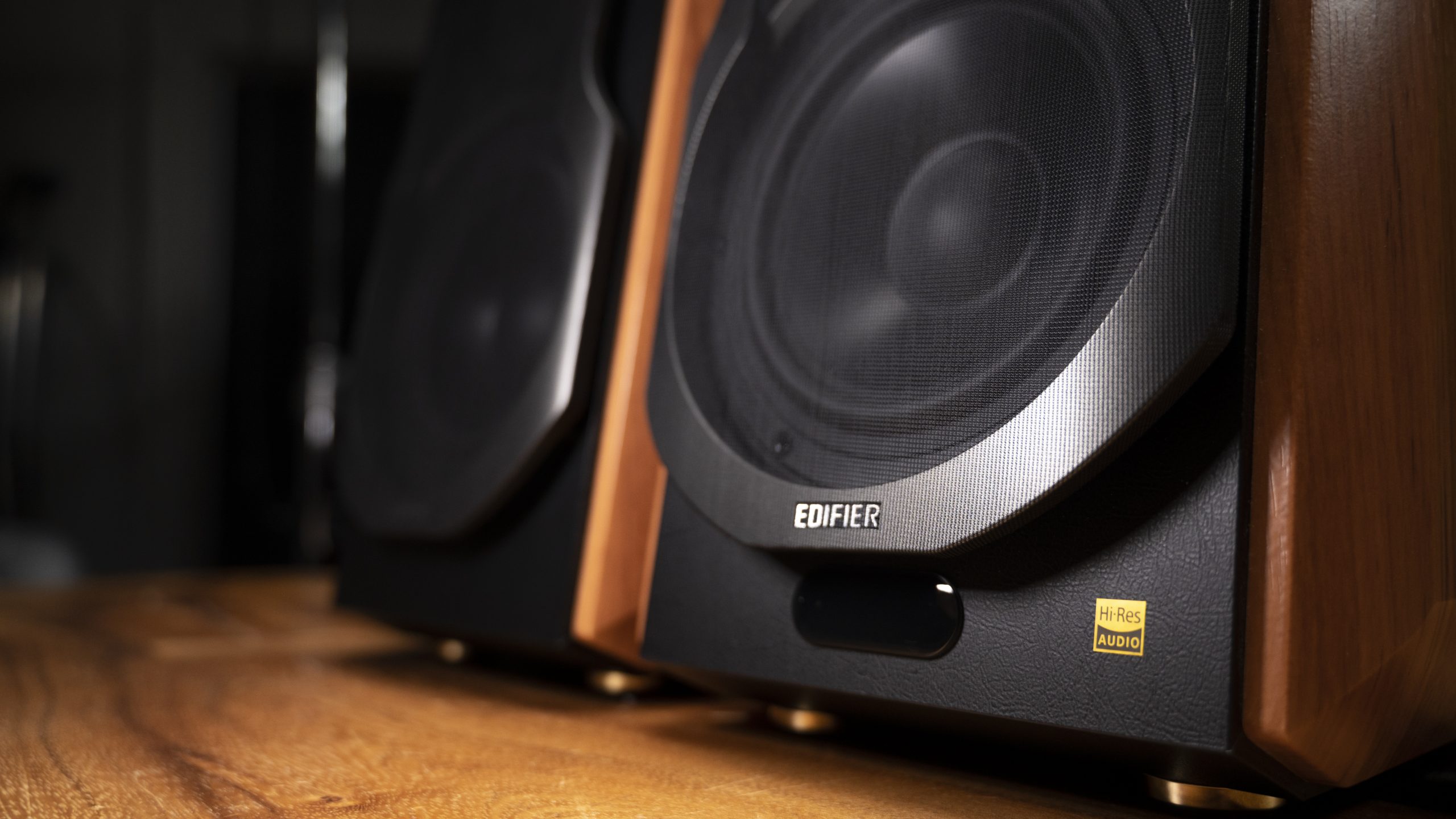
If you’ve been following tech lately, it feels like all the significant advances are in portable audio. Bluetooth speakers and headphones have come a long way, but that’s not the only way to enjoy your music. Sometimes, you just want to come home, sit back, and really listen. Whether you’re streaming in high quality, digging into your digital library, or revisiting a vinyl collection, a good pair of bookshelf speakers can make all the difference.
Sure, some Bluetooth speakers sound great, but they’re built for portability. Bookshelf speakers aren’t, which means they aren’t limited by battery life or compact size. You can go as big or small as your space allows, and in this article, we’ll cover some of the best consumer bookshelf speakers you can buy.
- On August 7th, 2025, to update formatting
The Quick Answer
Check out our top picks below for a quick guide to the best bookshelf speakers that suit your needs and budget.
The best overall:
The best design:
The best wireless:
The best value:
Why is the PreSonus Eris 3.5 the best pair of bookshelf speakers for most people?
As the youngest sibling in its product lineup, the PreSonus Eris 3.5 is a pair of budget studio monitors that pack a punch. Perfect for the casual listener or budding music producer, these speakers deliver near-studio sound quality at a consumer-friendly price tag.
The Eris 3.5 is surprisingly well-built, considering its low cost. These speakers have 3.5-inch woven composite drivers and 1-inch silk dome tweeters, which provide punchy, undistorted bass and mids. Songs may lack some clarity in the higher frequencies when compared to listening on more expensive monitors. However, the Eris 3.5 features acoustic tuning knobs that can help you fine-tune your speaker according to your listening environment, helping you avoid exaggerated bass amplification and treble under-emphasis.
At the front of the left speaker, you will find a 3.5mm aux input next to the 3.5mm headphone out jack. At the back, you will find additional features, such as two 1/4-inch TRS inputs and stereo RCA inputs. Although these speakers are marketed primarily for professional applications, the Eris 3.5 has a relatively low price tag, making this product highly accessible, even to the average consumer.

If you care about design, go with the ELAC Debut 2.0 B6.2
Though it isn’t always the case, chances are that bigger speakers will sound better. Don’t be thrown off by the large size of the ELAC Debut 2.0 B6.2 speakers. Each weighs almost 7.4kg (16.3 lbs) and measures 27 x 19.5 x 37.5cm, so you might want to ensure you have enough space for them. Regarding specs, these are rocking 6.5-inch woofers and 1-inch tweeters and should handle whatever you throw at them.
One thing worth mentioning is that these are passive speakers, so you will most likely need a receiver or amplifier. They have an impedance of 6Ω, and the all-black enclosure ensures they can seamlessly blend into your living room. These don’t have any fancy features, so there isn’t much else to say about them. They just get it right.

What makes the Audioengine HD3 a good set of Bluetooth-enabled bookshelf speakers?
While Audioengine HD3 is technically more on the side of computer speakers, you can also use this set as a pair of bookshelf speakers if you want. The speakers aren’t as large as some of the other picks on this list, standing at around 30cm (11.8in) tall, so they might not be your preferred choice for a living room setup. But if you’re looking to deck out a listening station or actually want speakers that will fit on a bookshelf, these are a great option.
They have stereo RCA inputs and outputs for you to connect to and Bluetooth built-in, so you can play wirelessly off your phone or similar device in a pinch. It features the aptX audio codec, resulting in better sound quality, and it also has a built-in DAC capable of upsampling to 24-bit, achieving a higher signal-to-noise ratio and lower noise floor.

The Edifier R1280DB is a great bang-for-your-buck pair of bookshelf speakers
The Edifier R1280DB costs just over $100 USD and packs most of what you’d want in a good pair of bookshelf speakers. While these speakers are kind of clunky and the design isn’t as sleek as some of the other options, Edifier has a retro aesthetic that some people might be drawn to. These powered speakers have a super-easy setup that only requires you to plug them in. It doesn’t get much easier.
Plus, it comes with a dedicated remote control so you can adjust the volume from across the room. On the speaker’s side, you’ll find three knobs: one for volume, another for treble, and the third to control bass. So, if you want to tweak how your music sounds, these basic controls should do the job. In addition to easily hooking up to your TV, PC, or gaming console, you get Bluetooth so that you can stream music, too.

How about the Q Acoustics 3020i?
For around $400, you can pick up the stylish Q Acoustics 3020i with its clean magnetically attached covers. Its bass port is located in the back, so yes, it’s a bookshelf speaker, but you’ll want some space between it and the wall to get the most bass. Speaking of bass, the 3020i is not the biggest bass fiend, but the audio quality is very nice, as is the price.
The best bookshelf speakers: Notable mentions
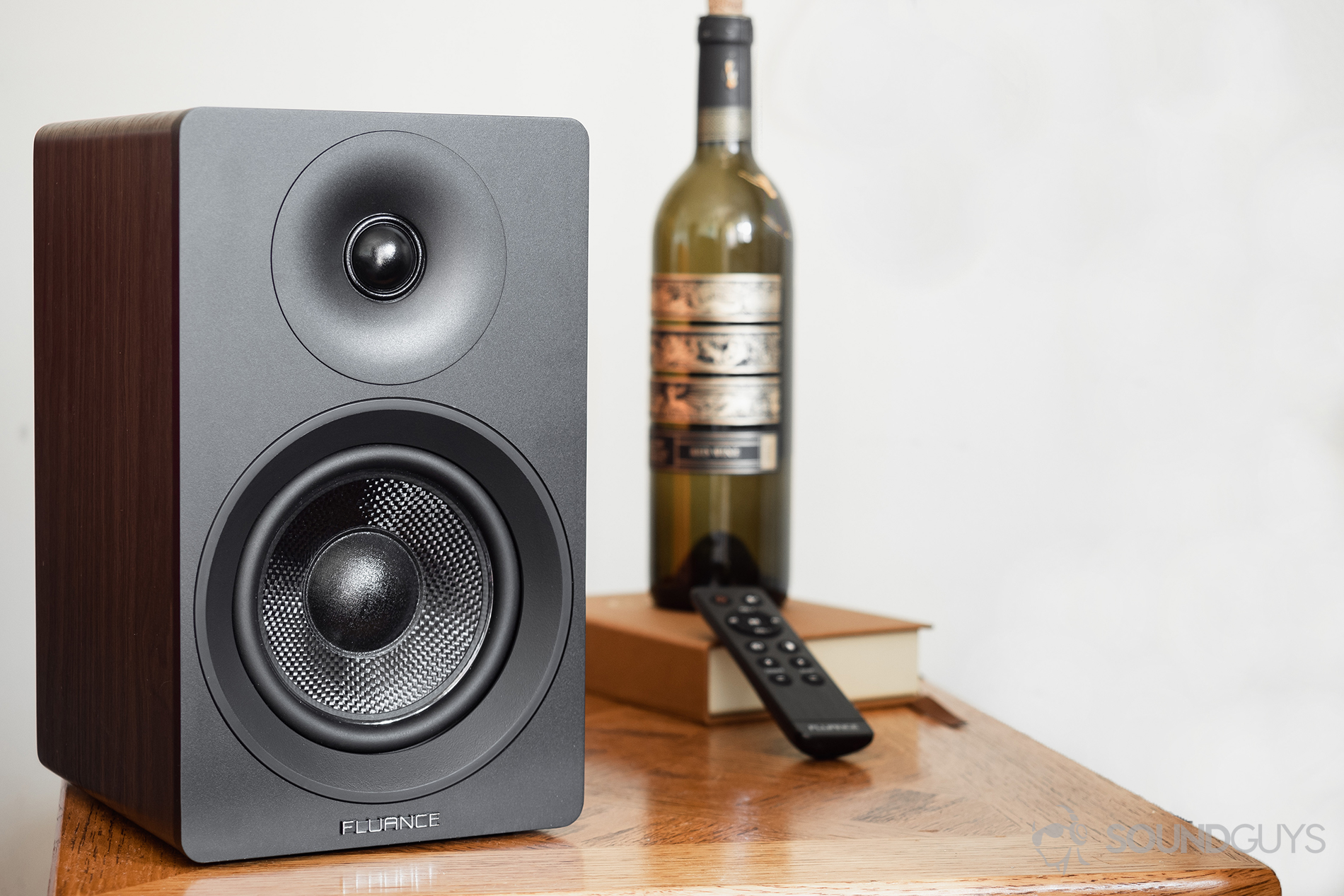
- Elac Debut 2.0 B5.2: For a hundred dollars less than the B6.2, this speaker provides a similar sound to its bigger sibling — albeit with smaller woofers.
- Fluance Ai40: These bookshelf speakers feature Bluetooth connectivity, aptX support, and great sound quality — all wrapped up in a sleek, matte black enclosure.
- Fluance Signature HiFi: For $200 USD, these passive surround sound bookshelf speakers are a great deal for both a home theater setup and a bedroom music-listening setup. They have a pleasant sound all across the frequency spectrum.
- KLH Albany II: This pair of speakers offers quite a bit of value for the price. KLH may not be a household name, but it has the lineage to back it up. It won’t give you the most accurate audio, but it ought to sound pleasant.
- Klipsch The Fives: Like the Edifier R1280DB/T you get EQ knobs, but with greater refinement and a better build, and with Klipsch’s signature emphasis on the high-frequency range. You can use these speakers with a TV or stereo. It’s not cheap, so look for a sale.
- PreSonus Eris 3.5 BT: For an additional $30, you get the speaker’s acclaimed sound quality with added Bluetooth capabilities.
- PreSonus Eris 4.5: If you’re willing to spend just under $200 on bookshelf speakers, the PreSonus Eris 4.5 provides improved treble and mid-frequency clarity compared to the smaller Eris 3.5.
- Sony SSCS5 and STRDH190 home stereo receiver bundle: If you don’t know where to start and how to set up your home audio system, you can’t go wrong with a bundle. These Sony bookshelf speakers are guaranteed to work with the 2-channel receiver.
What you should know about bookshelf speakers
Bookshelf speakers are a bit of an oddity in the market, as their role has largely been supplanted by Bluetooth speakers and soundbars. However, that doesn’t mean that you should ignore them. On the contrary, a set of good bookshelf speakers can handily outperform portable options and really tie together an office, family room, or workshop. Maybe you have a turntable on the shelf or another physical media source. Maybe you just want a listening spot. In any case, there’s an argument to be made about picking up bookshelf speakers to save on space where a much more expensive and bulky system just wouldn’t do. Where a set of studio monitors wouldn’t fit on a shelf or be designed with a reflective surface behind them, bookshelf speakers will have these design constraints in mind.
What’s the difference between active and passive speakers?
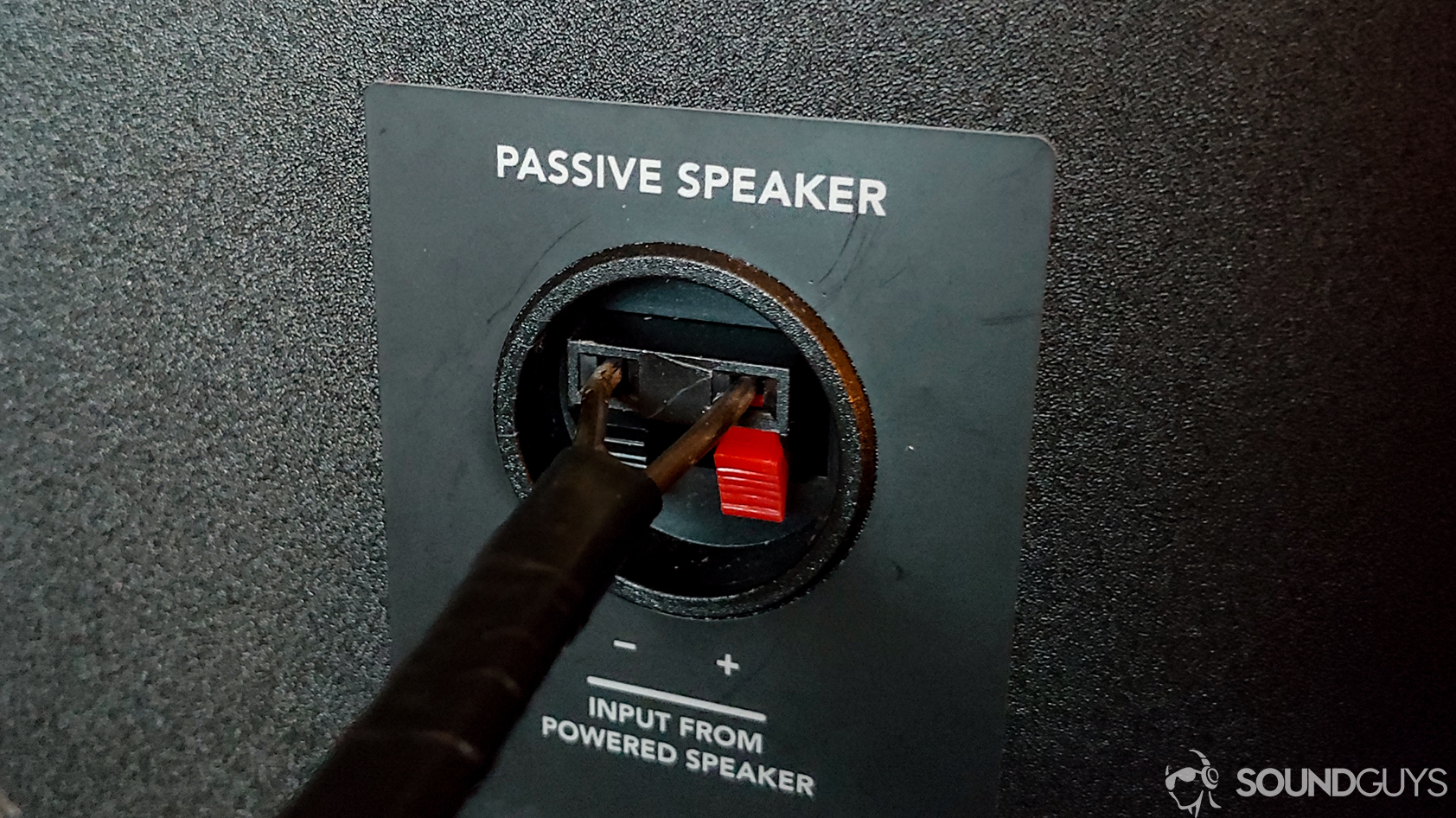
When you first start searching for bookshelf speakers, you’ll probably come across two terms fairly often: active and passive. So what does that even mean? It’s simpler than it sounds, and it all boils down to the method by which the speaker in question gets its power. If you have to plug it into a wall, it’s powered. If it doesn’t have an AC plug and only connects via speaker wires to a receiver or amp, then it’s passive.
Active speakers need amplification as well, but the amps are built into the speaker enclosure which makes it easier to set up as all you have to do is plug it in. Of course, that makes replacing the amp inside fairly difficult. Conversely, replacing or upgrading your amp on a pair of passive speakers is much simpler (though probably not cheap). That said, the initial setup is a little more involved. It isn’t exactly difficult, so don’t be turned off by it, but it’s not as easy as just plugging a speaker into the wall. You just have to decide how hands-on you want to be, and if you already have other equipment, such as an amplifier, that will help determine your choice too.
What is an amplifier?
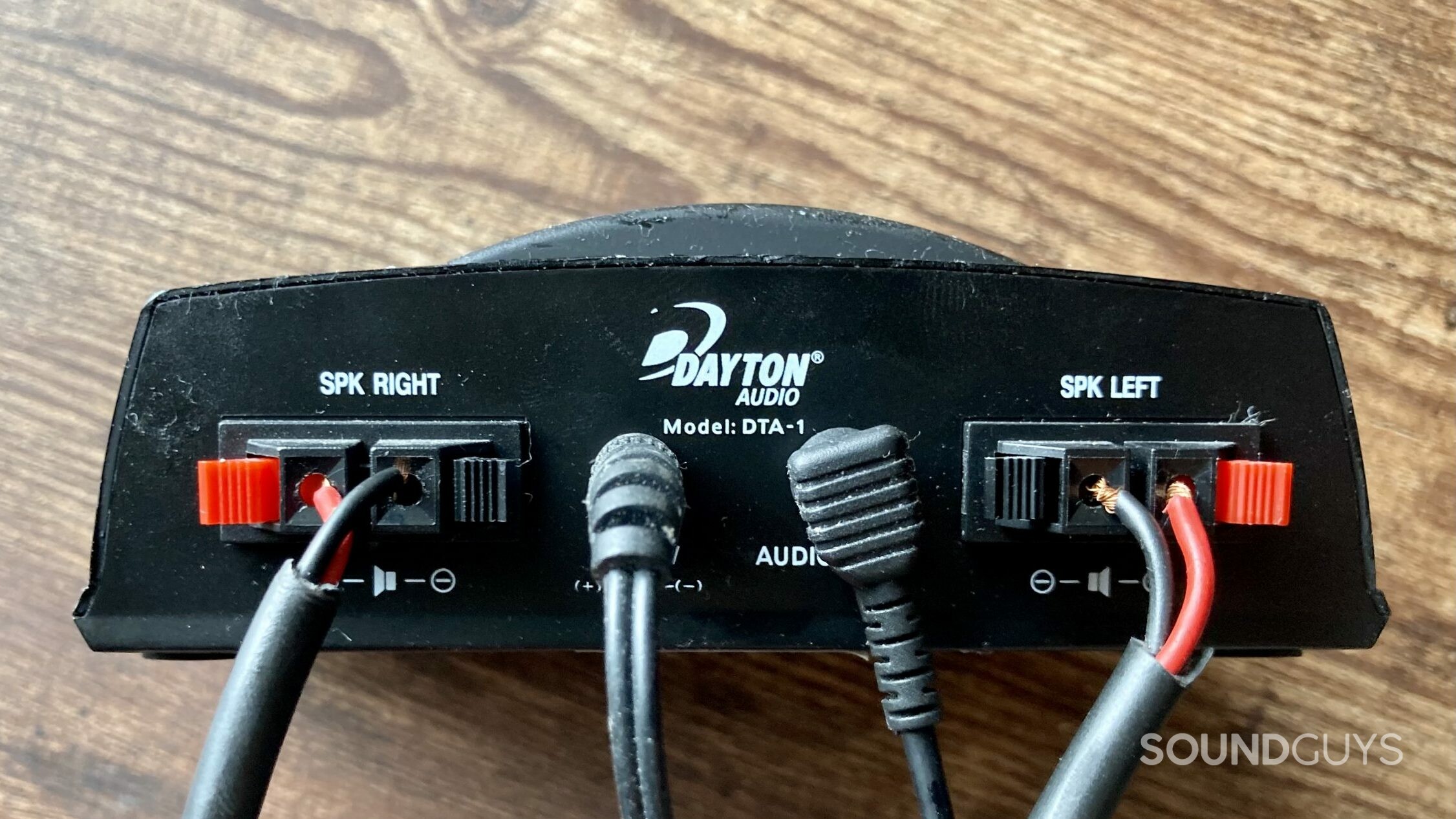
If none of that meant anything to you because you’re not sure what an amp is in the first place, then this section is for you. While you may be tempted to think of speakers as magic, they’re not. They’re just the magnificent result of human engineering. To function properly, they need enough power. An amplifier is a device that, thankfully, does exactly as its name suggests. It takes the electricity from the wall you plugged it into and amplifies it to provide an adequate amount of current to your speaker. For home theater needs, this role is typically filled by what’s called a “receiver.”
Unlike with most headphones, you’re going to need an amp when it comes to unpowered bookshelf speakers. If you have active speakers, then good news: the company that made your speakers already paired them with an amp that comes in the enclosure, so you don’t have to worry about anything. If you’re leaning towards passive speakers, then you’ll have to be aware of how much juice you’re pushing through to your speakers, or you might blow them.
Can bookshelf speakers be used for surround sound?
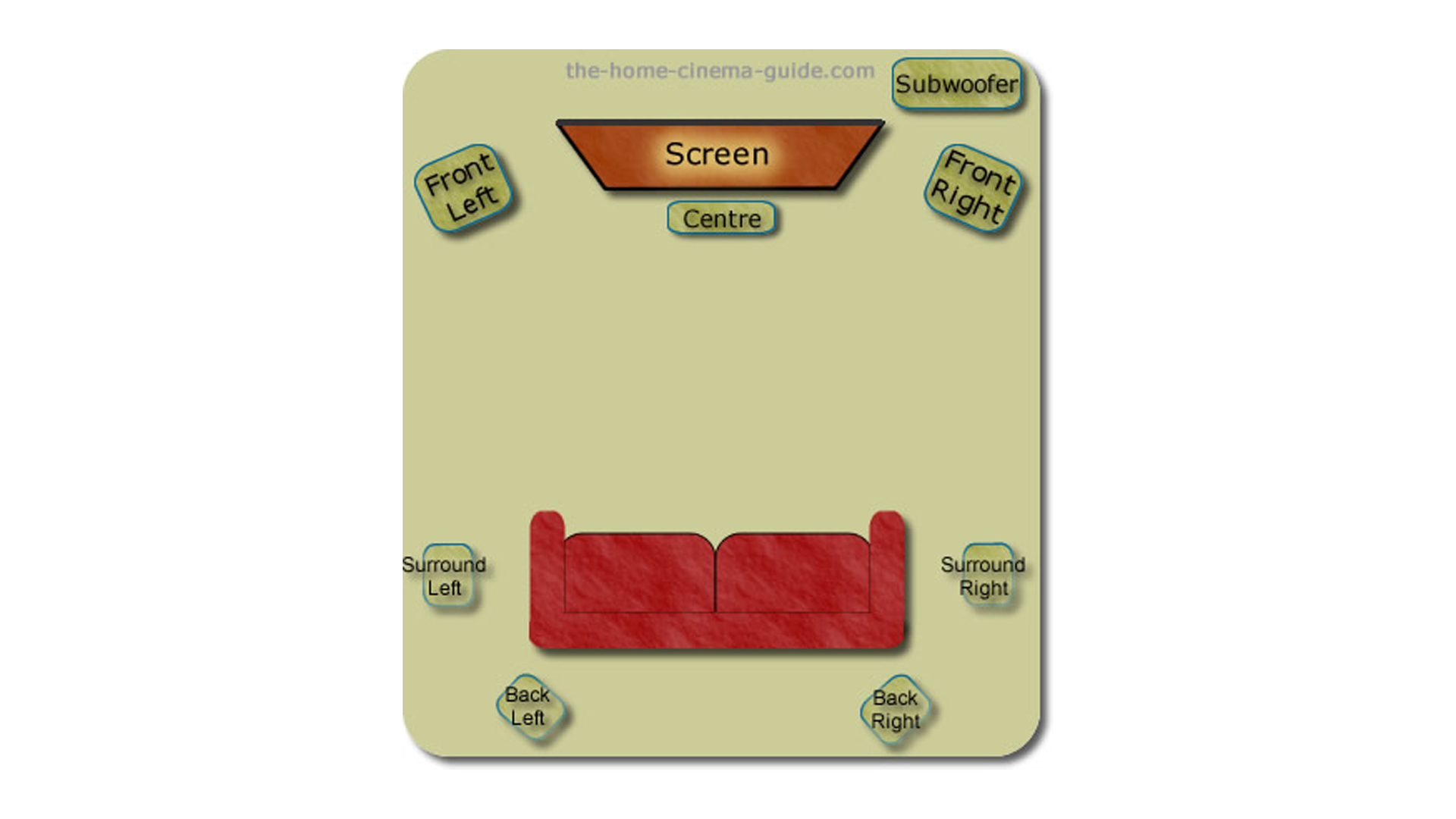
Of course, you can use bookshelf speakers for a surround sound setup. If you walk into your local home theater store, you’ll likely see giant, five-foot-tall speakers that cost thousands of dollars perfectly positioned at different angles around a plush couch that costs as much as a few months’ rent. Luckily, that’s not the only way to enjoy surround-sound audio. Good bookshelf speakers will get the job done as well, and because they’re usually smaller than floor-standing speakers, you can easily mount them on the wall so you can use your space.
You can also consider whether you actually want to get a soundbar with additional satellite speakers instead of a bookshelf speaker setup. This makes the most sense for people whose rooms host their TVs and double as their favorite music-listening spot.
Does it matter what cables you use?
No, it doesn’t matter what cables you use. Well, it doesn’t matter how expensive they are anyway; it matters that you choose cables with the proper connections. Beyond that, though, you could use a coathanger if you wanted to — there’s little to no benefit to shelling out crazy amounts of money for cabling. Many of the options here will come with cables made by the manufacturer, so you won’t have to worry so much about choosing yet another thing to buy.
Seriously, no need to overthink it — just enjoy.
What are the best speakers for vinyl?
The long and short of it is the best bookshelf speakers for vinyl will be powered ones with a phono input to replace the preamp and amplifier stages of your setup. Despite how old the technology is, it’s never been easier to get set up with vinyl (assuming you have access to records). We outline the best turntables for vinyl here, but there are plenty of power options out there that will take the hassle out of setup-building.
Why you should trust SoundGuys
We at SoundGuys have made it our mission to get our hands on as many audio products as possible, and yes, it’s as cool as it sounds. We all love what we do and take great pride in anything that gets published on our site. But just because we like what we do doesn’t mean you should trust us. You shouldn’t trust us just because we tell you to. You should trust us because we use our experience testing/reviewing audio products to explain everything we think is important for you to know before you purchase something. In other words, we don’t just make a list of products for you to buy with no explanation. We show our work.
Frequently asked questions about bookshelf speakers
Just because they’re called bookshelf speakers doesn’t mean they’re necessarily meant to sit on a bookshelf. These speakers were designed to work on any elevated surface, which is where the idea of the term “bookshelf” came from. Ideally, bookshelf speakers function best on top of your desk or on speaker stands.
In short, they’re not the best. This is cause bookshelf speakers tend to have an imbalanced sound that over-emphasizes certain frequencies. While this is perfect for the casual listener, audio enthusiasts require a more accurate reproduction of their mix. If you need a pair of speakers for mixing, forgo the bookshelf speakers and invest in a pair of studio monitors.
Thank you for being part of our community. Read our Comment Policy before posting.